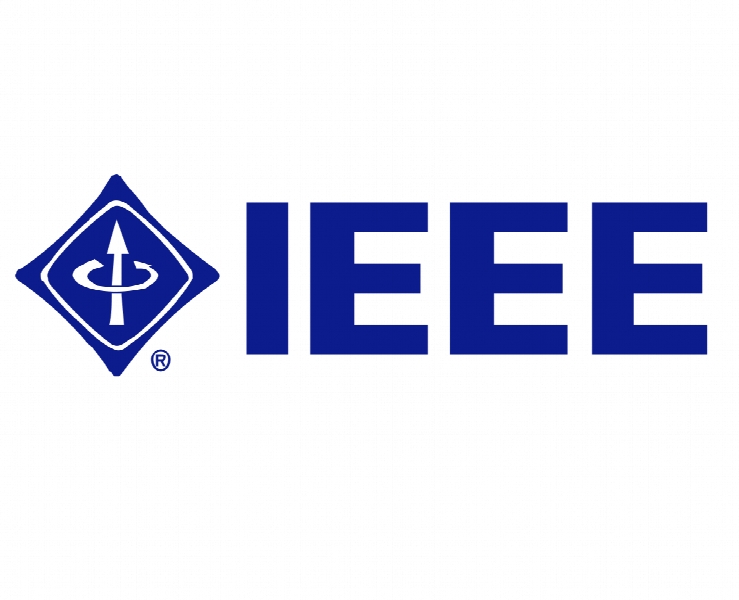تحلیل هیدرولوژیکی با استفاده از سنجش از راه دور کلان داده و مدل CREST Hydrological Analysis using Satellite Remote Sensing Big Data and CREST Model
- نوع فایل : کتاب
- زبان : انگلیسی
- ناشر : IEEE
- چاپ و سال / کشور: 2018
توضیحات
رشته های مرتبط مهندسی عمران، جغرافیا
گرایش های مرتبط سنجش از راه دور
مجله IEEE Access
دانشگاه Department of Geography and Spatial Information Techniques – Ningbo University – China
منتشر شده در نشریه IEEE
کلمات کلیدی انگلیسی Satellite remote sensing big data, Hydrological analysis, TRMM, CREST, water balance
گرایش های مرتبط سنجش از راه دور
مجله IEEE Access
دانشگاه Department of Geography and Spatial Information Techniques – Ningbo University – China
منتشر شده در نشریه IEEE
کلمات کلیدی انگلیسی Satellite remote sensing big data, Hydrological analysis, TRMM, CREST, water balance
Description
I. INTRODUCTION Floods are among the most common natural hazards which have caused great casualties and property losses over the past decades [1]. Hydrological modelling greatly contributes to flooding prediction and provides insights into the relationship between climate factors and hydrological cycle operating over a range of spatial and temporal scales [2]. Therefore, it is of great significance to model the hydrological features to predict the flooding events and to reduce the property losses. Effective hydrological modelling requires a deep understanding of catchment water balance. The reason for that comes from two aspects. First, the catchment water balance impacts on the water yield of catchments [3]. Second, the climatic variability leads to conflicts that correlate with freshwater supply [4]. Hydrological modelling bridges the gap between climatic factors and catchment water balance, and they can be generally classified into two types: conceptual hydrological models and distributed physicallybased models. Conceptual models deal with hydrological processes based on some simple mathematical formulas without explicit treatment of spatial heterogeneity in underlying surface [5]. Typical models are Storm Water Management Model (SWMM), Xin’an Jiang Model and Hydrologiska Byrans Vattenbalansavdelning (HBV) [6]. The distributed physically-based models represent each component of the hydrological cycle using their physical governing equations, with typical examples of Soil and Water Assessment Tool (SWAT), Variable Infiltration Capacity (VIC) and the Coupled Routing and Excess Storage (CREST) model [7]. Compared to conceptual hydrological models, the distributed models get more popularity and are more widely used in realistic applications. The distributed models simulate the spatio-temporal variations of hydrological cycle components on distributed grid cells and account for the intra-basin variability of runoff-producing mechanisms [8]. Unfortunately, distributed hydrological models rely on sufficient reliable geospatial data as the model input. That adversely hinders their potential applications in ungauged or poorly gauged regions. In contrast, the CREST has good integration capability and can be well compatible with satellite remote sensing big data, making it advantageous to be used in ungauged or poorly gauged regions. Another key point of hydrological modelling is to accurately estimate the precipitations in the region. Generally, three main approaches are available to measure precipitation, rain gauges, weather radars and satellite-based sensors [9]. Compared with conventional rain gauges and weather radars, satellites remote sensing is a more advantageous approach. Advances in remote sensing data with quasi-global coverage, continuity in time and easy access make it a cost-effective source of estimating precipitations for hydro-climatology studies in regions with sparse ground based networks [10]. One representative of satellite remote sensing big data product is the Tropical Rainfall Measuring Mission (TRMM) Multi-satellite Precipitation Analysis (TMPA) product, which is intended to be combined with passive microwave (PMW) and infrared (IR) observations to provide the ‘‘best’’ estimate of quasiglobal precipitation [11-14]. TRMM has been becoming one of the most important and widely-used precipitation products of satellite remote sensing big data and provided tremendous information for hydrological applications [15-18].


